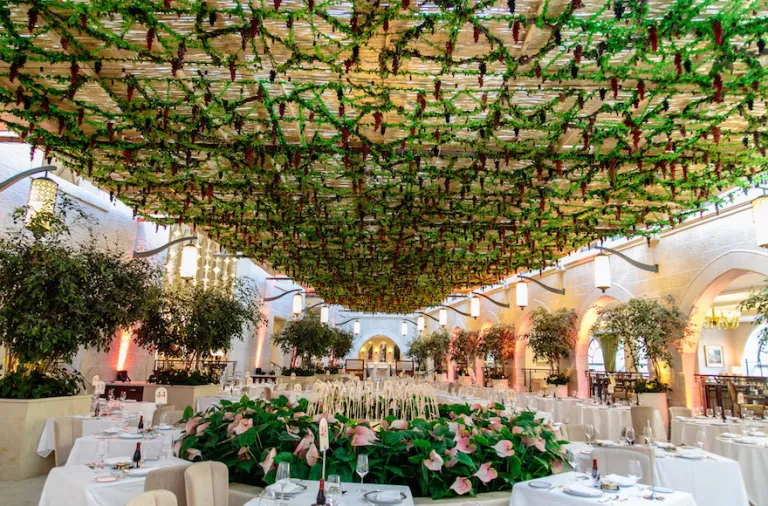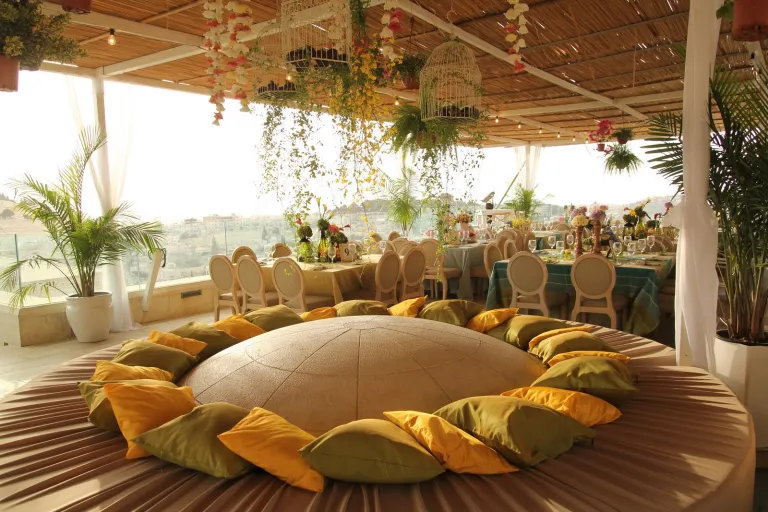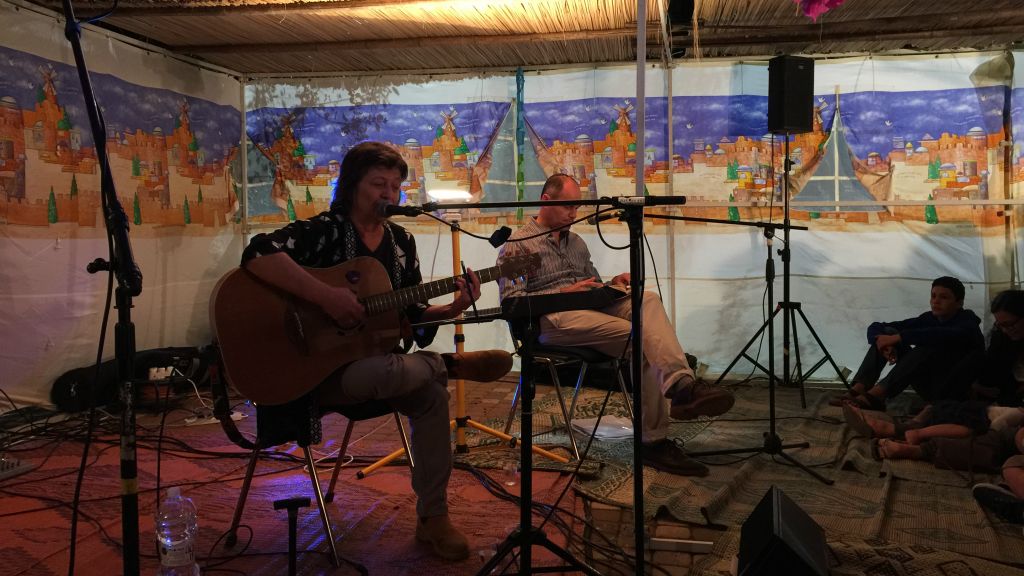It’s late September, when the feel of fall is in the air and the high holiday season is at its peak.
Yom Kippur is in the offing, when the streets fill with people dressed in white, as well as with kids and adults taking advantage of the car-less streets to ride anything on wheels, biking with abandon down highways and up roads for the 25 hours of the holiday. But the moment Yom Kippur ends, just as people are breaking their fasts, the preparations for Sukkot, the Feast of Booths, begin. With windows still wide open, the sounds of hammers and wood planks being raised abound, as people raise their Sukkot, their temporary huts, for the eight days of the holiday.

It’s a wonderful time of year, as it’s still hot out but getting cool around the edges, making it the perfect season for spending time in the sukkah, gathering around the table for holiday meals or a drink with friends.
Of course, people observe Sukkot in different ways. There are those who take advantage of the nine-day school vacation to head out of the country for an early fall trip, or set up a tent camp on the shores of the Galilee or the Mediterranean Sea.
Those who are stringent about spending all their time in the sukkah may sleep and eat under its roof. Call it glamping for the religious set, as some people move their entire living rooms into the temporary dwelling, spending all eight nights of the festival sleeping under the stars, either camped out on mattresses or on beds moved out there for the occasion.

It’s the right time of year to let kids host a slumber party, rigging up a screen to let them watch an outdoor movie as they lounge on bean bags and cushions, and then allowing those giggles and secrets to be told under the cover of the stars, without ever leaving home.
Besides the sukkah, and the lulav (closed fronds of the date palm tree) and etrog (citron), that are held and shaken during Sukkot prayers, there are some other ways of observing Sukkot, even if you’re not the sukkah-building type.
It’s customary to serve stuffed foods on Sukkot, celebrating the harvest season, when we are “stuffed” with the bounty of the fields. In Israel, where every takeout place offers stuffed zucchini, cabbage, onions, peppers and even carrots, you don’t have to work too hard to serve this traditional dish. But if you want to make some of your own, there are many recipes out there, including this one from Jamie Geller, an American chef and food stylist who stuffs tomatoes with quinoa, cooking the nutty grain in broth to offer some extra flavor.

There’s also this recipe for stuffing butternut or small squashes with quinoa and pomegranate seeds, a fall recipe that takes what’s in season into account.
If you’re not in the mood for stuffed vegetables, try stuffing some fresh dates with the nut of your choice (walnuts and almonds tend to work well), and serve those with a favorite beer.
And when you do choose to host a movie night in your sukkah, whether here in Israel or in the colder climes of the US, cuddle up with some blankets and quilts and watch the quintessential 2004 Israeli film, “Ushpizin,” named for the custom of inviting people into one’s sukkah. The film, an award-winning selection written by and starring Shuli Rand, a well-known ultra-Orthodox actor and writer, about one couple’s trials and tribulations during the festival holiday.
Chag sameach!


